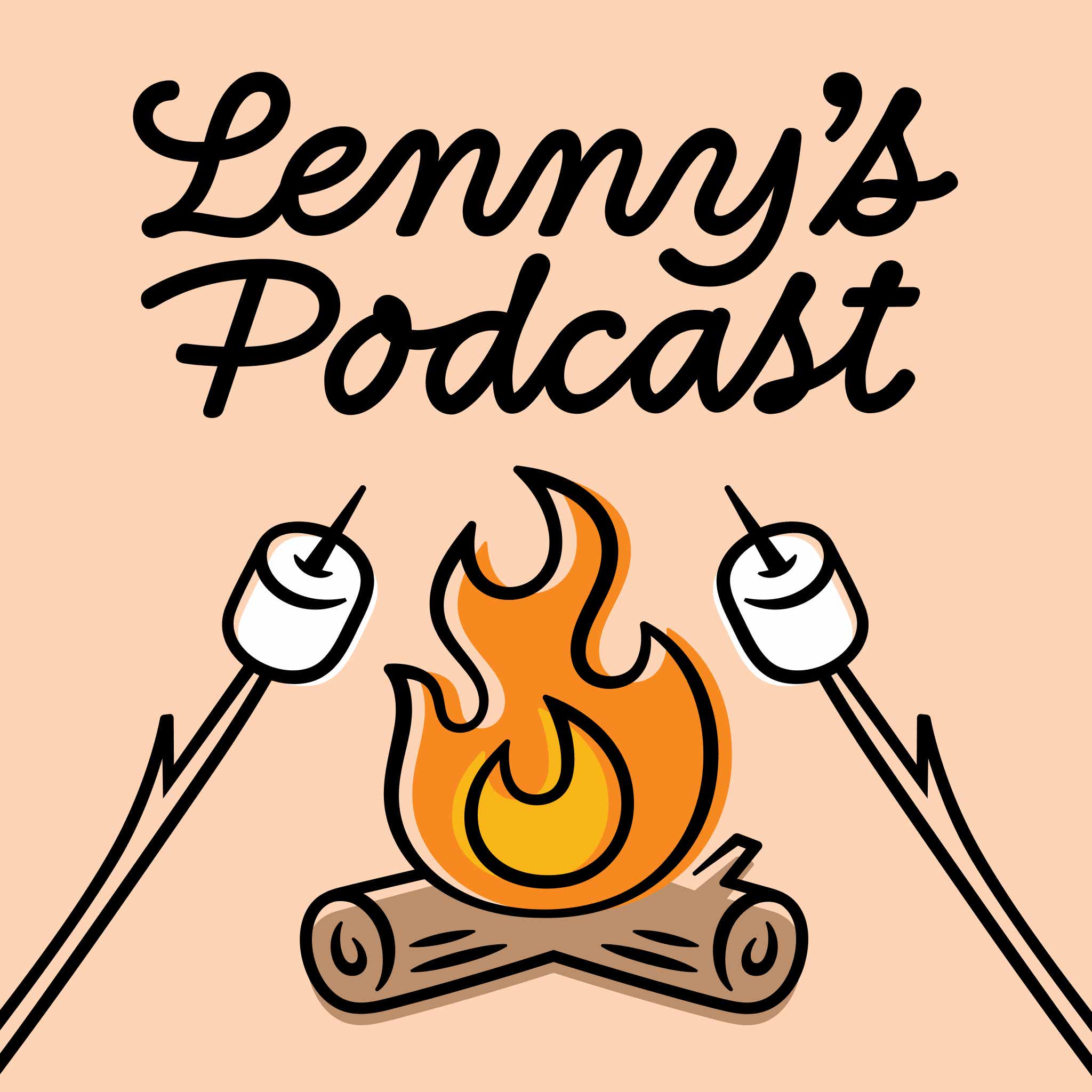
Rapidly Test And Validate Any Startup Idea With The 2 Day Foundation Sprint From The Creators Of The Design Sprint Jake Knapp John Zeratsky Character Capital
July 13, 2025
Key Takeaways
- The Foundation Sprint is a structured process designed to help founders and product teams clarify and test their core strategy before significant development.
- The sprint focuses on identifying the ‘basics’ (customer, problem, competition), defining ‘differentiation’ (what makes the product unique), and determining the ‘approach’ (how to build and launch).
- Key to the process is ‘working alone together’ and using structured decision-making like ’note and vote’ to ensure team alignment and efficiency.
- Differentiation is crucial for product success, and the sprint provides tools like two-by-two diagrams and custom differentiators to help teams articulate their unique value proposition.
- While AI can accelerate prototyping, it’s essential not to outsource the critical thinking and strategic decision-making that underpins a successful product.
Segments
The Origin and Evolution of the Design Sprint (~00:07:15)
- Key Takeaway: The Design Sprint, which led to the Foundation Sprint, originated from a need to rapidly prototype and test ideas, as demonstrated by the development of Google Meet.
- Summary: Jake Knapp shares the backstory of the Design Sprint, starting with his experience at Google and the development of Google Meet. He highlights how a focused, week-long effort to create a working prototype was instrumental in validating the idea and overcoming organizational hurdles.
The Need for the Foundation Sprint (~00:15:45)
- Key Takeaway: The Foundation Sprint addresses a gap in early-stage startups by providing a structured way to define fundamental strategic elements that are often unclear.
- Summary: John Zarotsky explains that while Design Sprints are effective, they often assume a certain level of foundational clarity. The Foundation Sprint was created to tackle the even earlier stage challenges of defining the core problem, customer, and competitive landscape for pre-seed and inception-stage companies.
The Foundation Sprint Process: Basics (~00:24:00)
- Key Takeaway: The ‘Basics’ phase involves clearly defining the target customer, the problem being solved, and the competitive landscape using structured methods like ‘work alone together’.
- Summary: The first phase of the Foundation Sprint focuses on the ‘Basics,’ which includes identifying the most important customer, the problem they face, and how they currently solve it (competition and alternatives). The ‘work alone together’ method, including ’note and vote,’ ensures team alignment and surfaces diverse perspectives.
The Foundation Sprint Process: Differentiation (~00:40:00)
- Key Takeaway: Differentiation is the core of the Foundation Sprint, helping teams articulate what makes their product unique and compelling to customers.
- Summary: This segment delves into the ‘Differentiation’ phase, where teams identify unique advantages and promises that set their product apart. They use tools like two-by-two diagrams and custom differentiators to visualize their competitive positioning and ensure their offering resonates with customers.
The Foundation Sprint Process: Approach (~01:08:00)
- Key Takeaway: The ‘Approach’ phase helps teams decide on the best path forward for building and launching their product by evaluating different implementation strategies.
- Summary: The final phase of the Foundation Sprint, ‘Approach,’ involves evaluating various ways to build and launch the product. Using ‘magic lenses’ that represent different strategic viewpoints (customer, pragmatism, growth, money, differentiation), teams can systematically compare options and select the most promising path, often identifying a primary and backup plan.
Testing the Hypothesis with Design Sprints (~01:27:00)
- Key Takeaway: The output of the Foundation Sprint is a testable hypothesis that is then validated through a series of Design Sprints, involving prototyping and customer testing.
- Summary: The Foundation Sprint culminates in a clear hypothesis that is then tested using the Design Sprint methodology. This involves creating prototypes, testing them with real customers, and using a scorecard to gather feedback against the initial hypothesis, iterating based on learnings.
AI’s Role in Prototyping and Sprints (~01:45:00)
- Key Takeaway: AI tools can significantly speed up the prototyping process, but it’s crucial to maintain strategic thinking and not outsource the core decision-making.
- Summary: The discussion touches on how AI tools are transforming prototyping, allowing teams to create more realistic simulations faster. However, the hosts caution against letting AI generate generic outputs and emphasize that the strategic thinking and differentiation must come from the team, not the AI.
The Value of Slowing Down to Speed Up (~01:55:00)
- Key Takeaway: Taking time for structured thinking and planning through the Foundation Sprint, though seemingly slow, ultimately accelerates product development and increases the chances of success.
- Summary: The hosts reiterate the counterintuitive idea that slowing down at the beginning to do deep thinking and planning via the Foundation Sprint actually speeds up the overall product development process and reduces the risk of building the wrong thing.
Resources and Getting Started (~02:05:00)
- Key Takeaway: A Miro template for the Foundation Sprint is available, allowing teams to implement the process themselves.
- Summary: Jake and John offer a Miro template based on their process, available at character.vc, to help listeners run their own Foundation Sprints. They also mention their book, ‘Click,’ as a resource for deeper understanding.